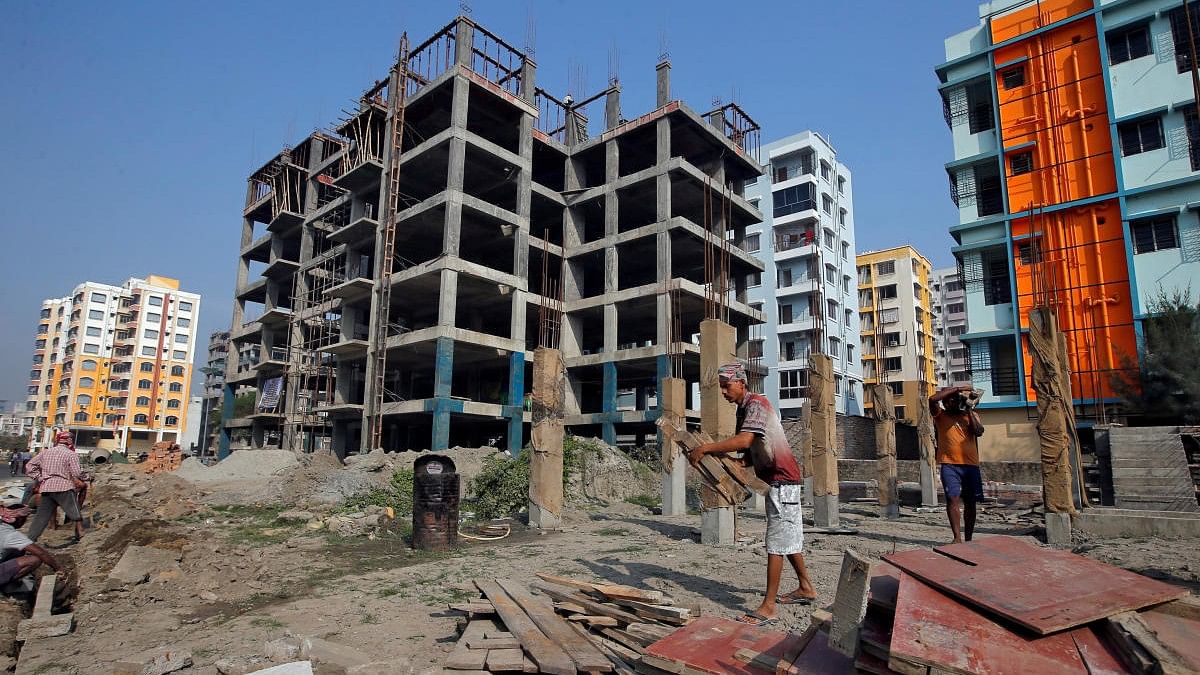
The rise of hybrid work culture, companies are adopting the hub and spoke model, setting up satellite offices in smaller towns.
Credit: Reuters Photo
Based on the penetration of infrastructural development, digitisation, tourism and the altered landscape of office space, a report by Colliers released on Tuesday, has found 17 towns that hold the potential for becoming “high-impact emerging real estate hotspots” in the next 5-6 years. Remarkably, they are spread across the different regions of the country, presenting a picture of equitable growth.
Of the 100 emerging cities Colliers evaluated for this report, it found 30 high-growth ones, where real estate development is expected to strengthen in the medium to long term.
Seventeen cities experiencing accelerating growth in the sector propelled by three or more asset classes. Factors enabling these places to evolve into satellite towns include the availability of technology, digital penetration, start-up ecosystem, skilled talent pool, infrastructure, proximity to established office markets and also being pilgrimage destinations.
The rise of hybrid work culture, companies are adopting the hub and spoke model, setting up satellite offices in smaller towns. Colliers sees cities such as Coimbatore, Indore and Kochi topping this potential for emerging as satellite office markets.
Digital penetration to smaller towns has opened doors to e-commerce, inspiring setting up of warehouses and distribution hubs at strategic locations, backed by other infrastructural development. Jaipur, Kanpur, Lucknow, Nagpur, Patna, Surat and Visakhapatnam are seen fitting this bill for realty growth.
Spiritual tourism, which has been given immense boost by government programmes and budgetary allocations, has already led to land price appreciation, with growing footfall. Amritsar, Ayodhya, Dwarka, Puri, Shirdi, Tirupati and Varanasi are the key location for this kind of realty growth.
“Smaller towns are emerging as dynamic contributors to India's economy, driven by improved infrastructure, affordable real estate, skilled talent, and government initiatives. This growth is set to propel the real estate sector to an estimated $1 trillion by 2030 and potentially $5 trillion, a 14-16 per cent share in GDP by 2050,” Badal Yagnik, CEO, Colliers India, observed.